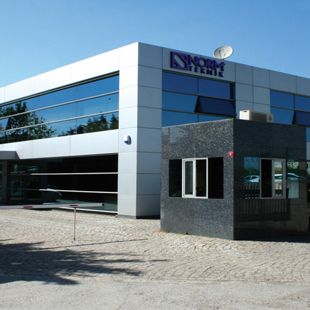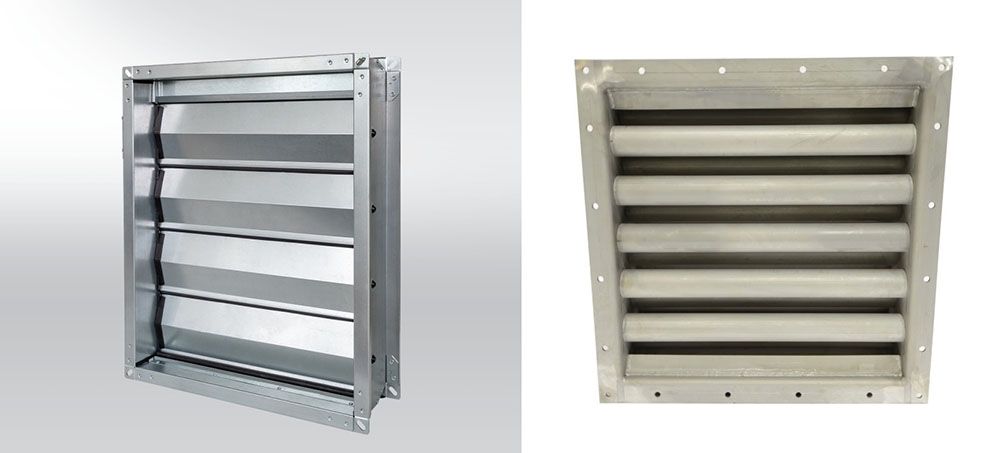The critical points to be considered first in refilling the extinguishing chemical can be basically explained as follows:
The production date of the tube for refilling should not exceed 5 years. If this period is exceeded, the valve must be pressure tested. In this test, the throat seals in the valve are checked. The "burst disc" on the part where the manual discharge lever on the valve is attached is checked. If the gas is discharged using the manual discharge lever, the "burst disc" is definitely punctured and must be replaced. The solenoid valve should be disassembled and the 2 gaskets on it should be checked. If one of these gaskets is damaged, it must be replaced, as gas leakage will occur. The "safety disc" located under the filler neck should be checked and replaced if necessary. After all these checks are done, the valve connected to the test device is tested according to the following sequence:
Gas Filling is firstly pressurized with a sufficient amount of pressure from the valve. Using sparkling water, it is checked whether there is any leakage from all points on the valve (filling port, manual discharge port, solenoid valve, manometer, and safety disc nut). If there is any leakage, the filling mouth of the valve is closed and 24 VAC is triggered by giving electricity. At this time, care should be taken to ensure that the safety cover on the valve is open. The same procedures are repeated this time with the upper safety cover of the valve closed and the filling port open, and the nitrogen gas on the valve is released into the atmosphere. After all these processes, the valve is reassembled to the tube and the tube is weighed with a precision scale the kilogram of gas written on the information sheet on the cylinder is filled into the cylinder using the filling machine and pump. The FM200 can be liquefied by applying pressure and can be loaded and stored in this state. As a compressed and liquefied gas, FM200 is stored and handled under "saturated" conditions. (Liquid and vapor exist at the same time in a balanced way.) Before starting the filling process, more than 0.7 bar of Nitrogen in the cylinder causes the gas to be exposed to dangerous pressures. This must be checked during filling.




